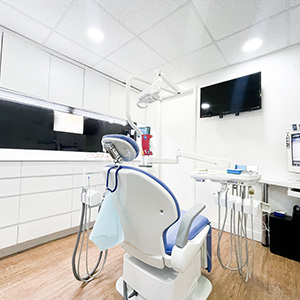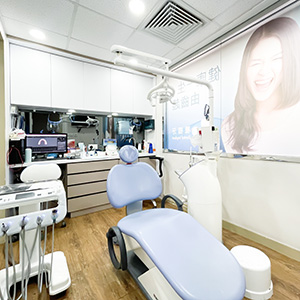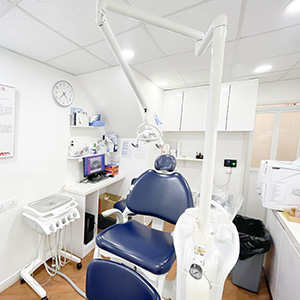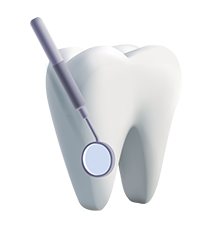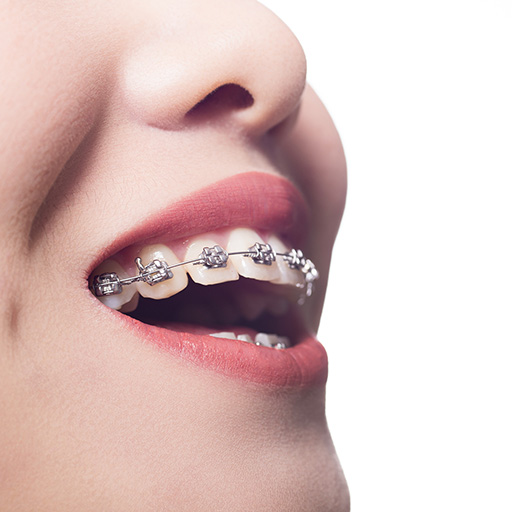
Traditional Metal Braces
Orthodontic treatment involves moving teeth to proper positions using dental braces. If teeth are overcrowded or misaligned, it can lead to plaque buildup and affect appearance.
Traditional braces consist of brackets that are made of metal, ceramic, or reinforced plastic, and metal archwire. The brackets glued to teeth hold the archwire in place which places pressure on teeth. Over time teeth move into the desired position.
Orthodontic treatment is a complex dental procedure, and before undergoing this treatment, it is advisable to consult with an orthodontist to understand your oral condition and the details of orthodontic treatment.
Traditional Braces Versus Lingual Braces
Metal braces can be categorized as “traditional braces” and “lingual braces.” Traditional braces are affixed to the outer surface of the teeth and are relatively cost-effective compared to other types of braces. On the other hand, lingual braces are fixed on the inner side of the teeth, making them less noticeable. However, they are more challenging to treat and require specialized care from an orthodontist.
Temporary Micro-Implants
Temporary micro-implants are inserted into the oral bone structure using titanium alloy or stainless steel materials. When issues arise such as protruding teeth, exposed gums, deep overbites, misaligned teeth, or the need for dental adjustments, dentists may utilize micro-implant and elastics to expedite the process of tooth movement while reducing the necessity for surgery.
Daily Care for Traditional Metal Braces
Traditional metal braces are prone to trapping food particles and accumulating plaque, which can lead to gum inflammation and damage to tooth enamel.
Adhering to proper oral hygiene habits, such as using fluoride toothpaste, a soft-bristled toothbrush, along with dental floss and interdental brushes, can help maintain good oral hygiene. It is recommended to clean your teeth and traditional metal braces in the morning and evening, as well as after meals, to prevent food debris and bacteria from causing harm to your teeth and gums. In addition to cleaning the surfaces of your teeth and traditional metal braces, cleaning the backs of your teeth and chewing surfaces is equally important.





